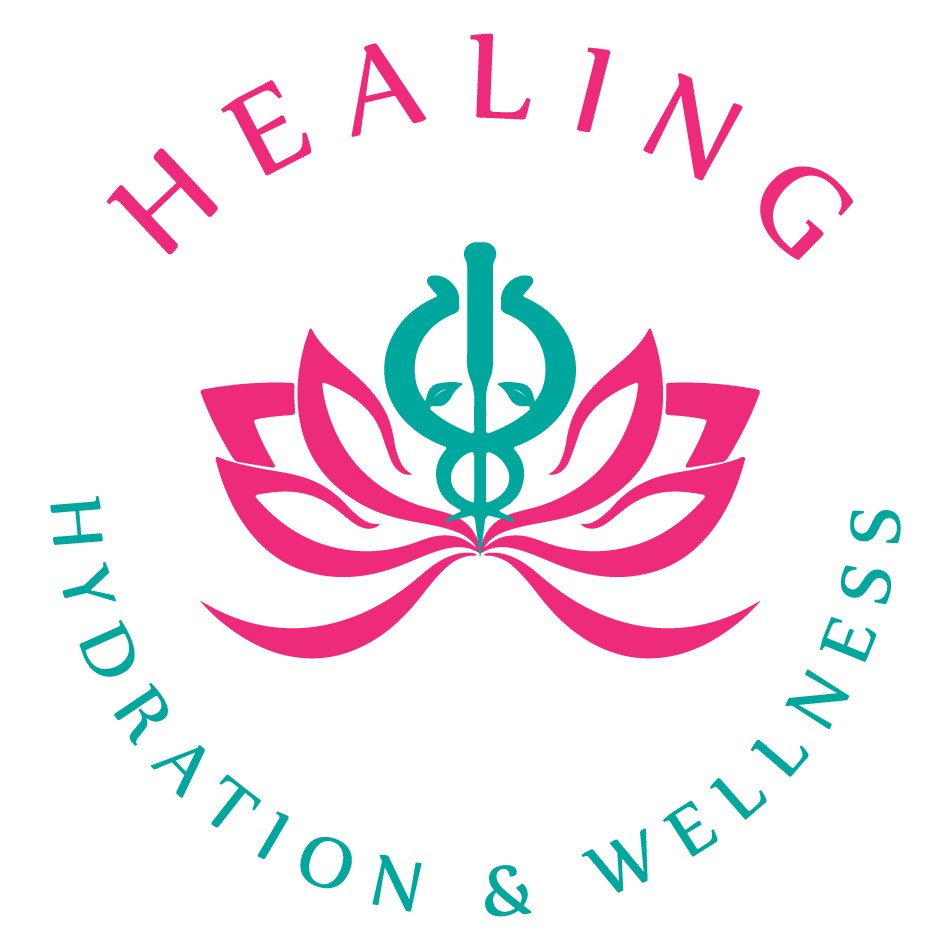Well water is a primary water source for millions of households worldwide, particularly in rural areas. Unlike municipal water, which is treated and regulated, well water comes directly from underground sources, making its safety a concern. While well water can be a clean and healthy option, it also carries risks if not properly maintained. Understanding the factors that influence water quality, potential contaminants, and necessary precautions is essential for ensuring well water is safe to drink.
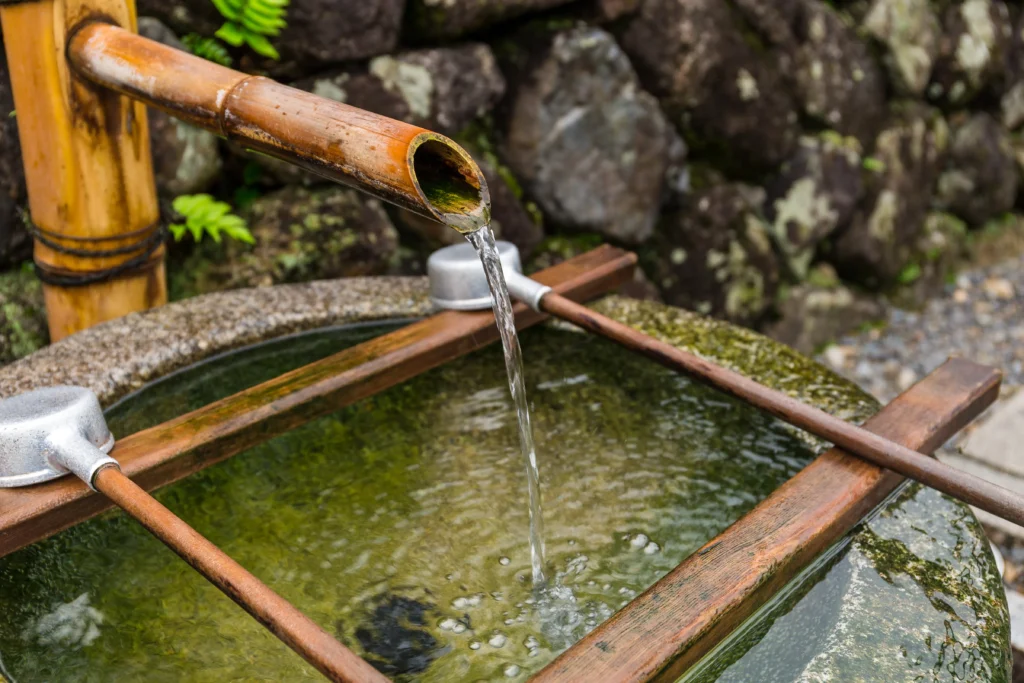
Understanding Well Water Quality
The quality of well water depends on multiple factors, including geological conditions, environmental influences, and maintenance practices. Groundwater is naturally filtered as it moves through soil and rock, but contamination can still occur due to human activity, agricultural runoff, and natural deposits. Unlike public water systems, private wells are not subject to federal regulations, making regular testing and proper maintenance the responsibility of the well owner.
Water quality is influenced by pH levels, mineral content, and microbial presence. Some well water contains beneficial minerals such as calcium and magnesium, contributing to better health. However, excessive mineral levels can lead to hard water issues, affecting plumbing and appliance longevity. Balancing mineral content while ensuring microbial safety is critical for making well water a reliable drinking source.

Potential Contaminants in Well Water
Well water can be vulnerable to contamination from various sources. Bacteria and viruses from human and animal waste pose serious health risks, leading to gastrointestinal illnesses and infections. E. coli, coliform bacteria, and nitrates are among the most common biological contaminants.
Chemical pollutants, including pesticides, herbicides, and industrial chemicals, can seep into groundwater from agricultural and industrial activities. Heavy metals such as lead, arsenic, and mercury may naturally occur in some regions, further complicating well water safety. Even naturally occurring substances like radon and fluoride can reach harmful levels, requiring regular monitoring.
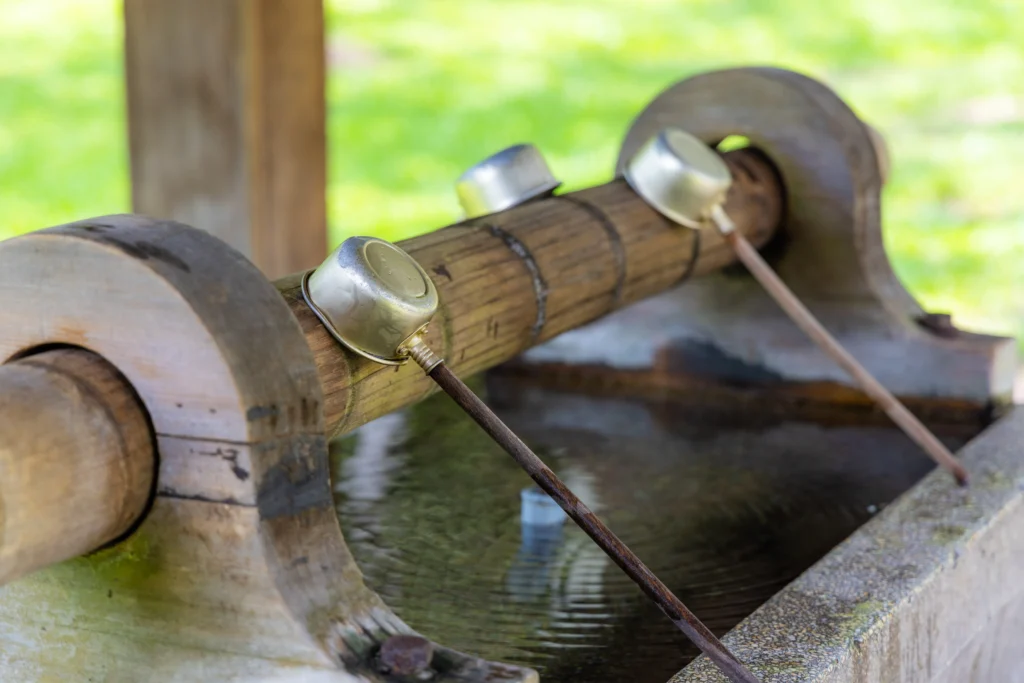
Testing and Treating Well Water
Regular water testing is the most effective way to ensure well water remains safe for consumption. Experts recommend annual testing for bacteria, nitrates, and pH levels, along with additional tests for heavy metals and chemicals based on regional concerns. Certified laboratories provide comprehensive testing services, identifying potential risks and guiding necessary corrective measures.
Various treatment methods improve well water quality. Filtration systems remove sediments, chlorine, and certain chemicals, while UV purification eliminates bacteria and viruses. Reverse osmosis effectively removes heavy metals and contaminants, ensuring cleaner, safer water. Depending on the specific issues present in a well, combining multiple treatment methods may provide the best results.
For more details on maintaining optimal hydration and wellness, visit Healing Hydration & Wellness.
Well Maintenance and Safety Precautions
Proper well maintenance plays a crucial role in keeping water safe. Routine inspections help detect issues early, preventing contamination and costly repairs. Ensuring that well caps and seals remain secure prevents external pollutants from entering the water supply.
Avoiding hazardous activities near a well, such as chemical disposal, excessive pesticide use, and fuel storage, reduces contamination risks. Landscaping also impacts water safety, as runoff from fertilized areas can introduce harmful substances into groundwater sources. Taking preventive measures minimizes the likelihood of contamination and ensures a safer water supply.
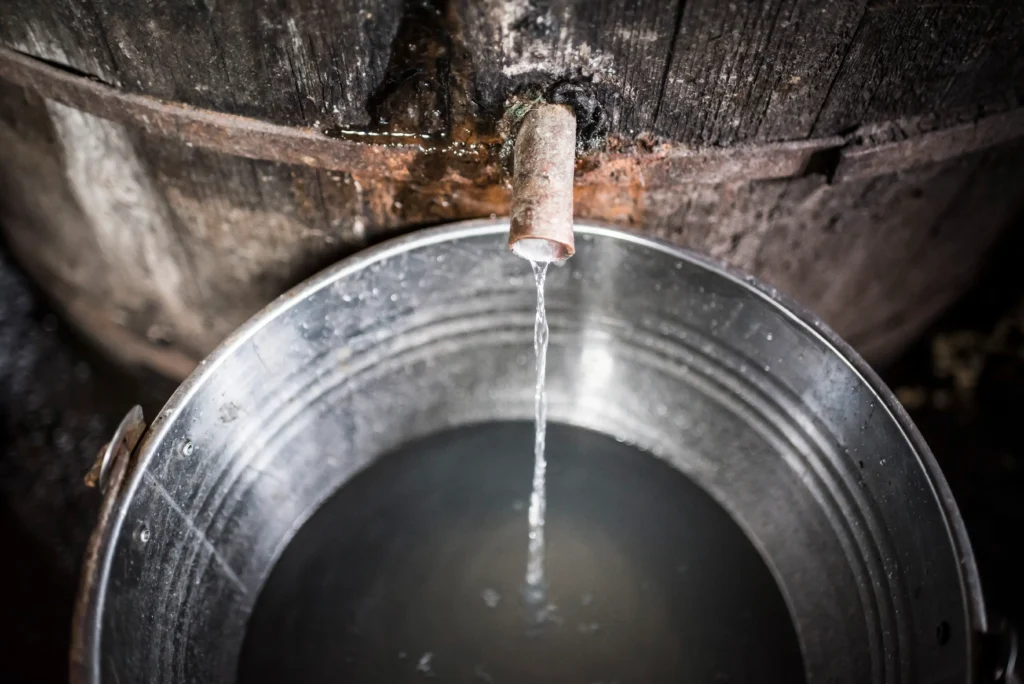
Health Benefits and Risks of Drinking Well Water
Drinking well water offers potential health benefits when properly maintained. It often contains essential minerals beneficial for bone health and hydration. Additionally, it is free from chlorine and fluoride additives commonly found in municipal water systems, appealing to those seeking a more natural water source.
However, consuming untreated or contaminated well water poses significant health risks. Bacterial infections, heavy metal exposure, and chemical poisoning can result from unsafe water consumption. Symptoms such as nausea, diarrhea, and long-term health complications may arise if contaminants go undetected. Staying proactive with testing and treatment mitigates these risks, ensuring well water remains a viable and healthy option.
For expert hydration solutions and wellness insights, explore Healing Hydration & Wellness.
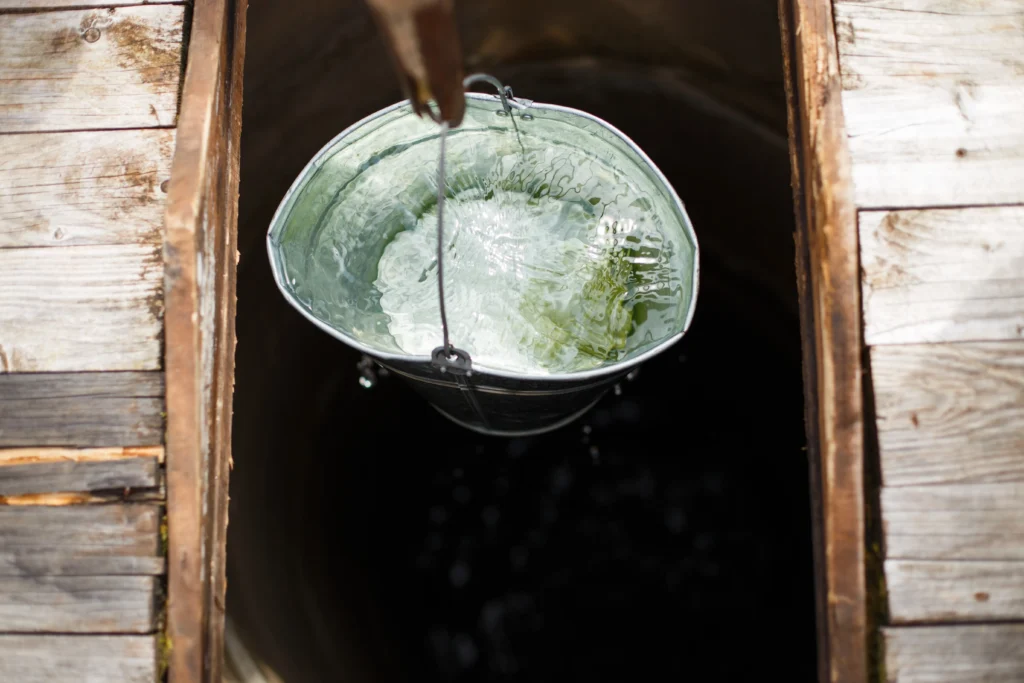
Conclusion
Well water can be a safe and beneficial drinking source when properly managed. Understanding its quality, testing regularly, and utilizing appropriate treatment methods help maintain safety. Addressing potential contamination risks, following best practices for well maintenance, and staying informed about regional water concerns enhance the reliability of well water.
For those seeking personalized hydration support and wellness guidance, Healing Hydration & Wellness offers expert consultations and advanced hydration therapies to promote overall well-being.
